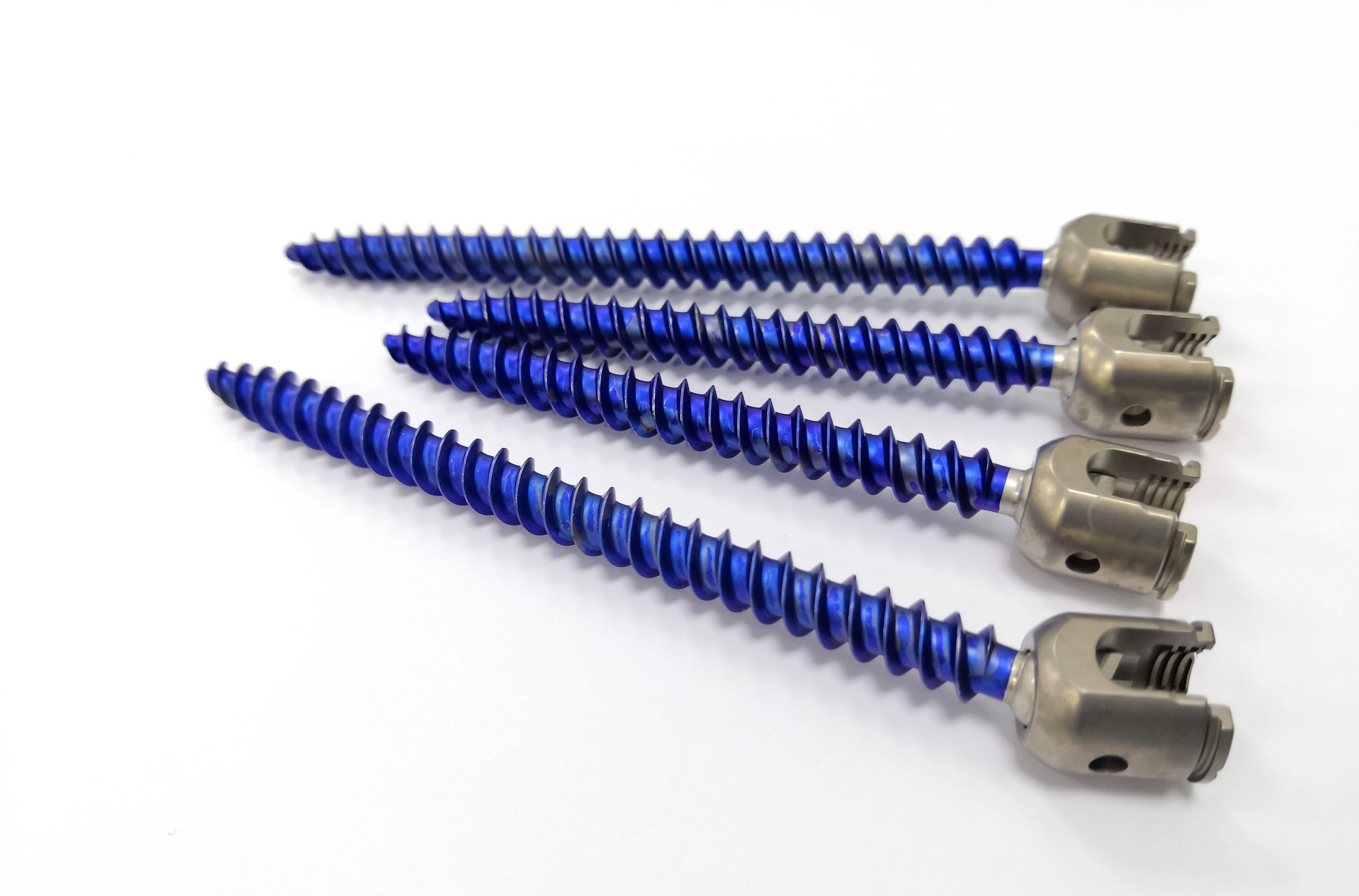
Developments in compression screw technology
Compression screws are an important piece of instrumentation used in a wide range of orthopaedic surgeries. They are designed to treat bone fractures by compressing the fracture and allowing for internal fixation through the use of orthopaedic plates. Developments in compression screw technology therefore directly affect the orthopaedics industry, leading to benefits for both surgeons and patients.
In this blog, you will find information on the latest developments in compression screw technology and the benefits this brings for the orthopaedics industry.
History of the compression screw
Screws were first used by healthcare professionals as a pioneering treatment in the field of orthodontics. It was present in devices that resembled braces, which would rotate teeth and adjust the layout of the mouth to address dental issues such as overcrowding. Orthopaedic devices for open reduction and internal fixation started to see use towards the end of the 18th century, although we don’t know exactly how frequent or successful these procedures were. The first detailed account of internal fixation using screws and plates came in 1858. However, at this stage there were still many improvements to be made to the screws to make fixations more stable and risk-free.
It was in the 20th century that many technological advancements were made in compression screws. Developments were made steadily to improve implantation efficiency and patient experience, as well as to reduce risk. In most cases, fractures that are compressed properly lead to quicker recovery times and bones to heal in the correct way. Modern compression screws also allow orthopaedic devices to be removed more easily in instances where this course of action is recommended. Compression screw technology has only been around for the last 100 or so years. As such, there is lots of scope for further developments in this area.
Surgical uses of compression screws
Compression screws perform a vital role in orthopaedic surgery by aiding in bone fixation and securing orthopaedic devices. If the compression screws don’t function properly, it can compromise the effectiveness of the surgery and the patient is likely to experience potentially significant complications. Screws are typically inserted at multiple places around the fracture site to prevent the bone ends from moving, thereby allowing the bone to heal naturally.
There are a wide range of compression screw types employed by medical professionals today. These can differ based on design, features, materials, and finishes, with each typically being available in a range of sizes. Certain types of compression screw will be more suitable depending on the patient’s anatomy and the procedure being performed. The most common types of orthopaedic screws include:
- Arthrodesis screw.
- Cannulated screw.
- Partially or fully threaded screw.
- Cancellous screw.
- Cortical screw.
- Acutrak screw.
- Headless compression screw.
New compression screw technologies
In recent years, orthopaedic screw technology has advanced to provide surgical experts with a wider range of options. As a result, healthcare professionals have greater ability to treat fractures as they possess instrumentation specific to the trauma suffered. This has come in the form of a variety of locking options and multidirectional screws. Across different fracture surgeries, this has led to screws that instil angular stability and hold firm in peri-articular fractures. Modern designs also allow for axial movement to increase fixation effectiveness, meld with patient anatomy, and reduce risk.
Compression screws are provided in most of the systems that LEDA supplies for fixation of the hand and wrist, and elbow and shoulder. However, surgeons can gain access to a range of orthopaedic screws with the REDUCT® Headless Compression Screw System. As with all the devices available on our website, we only choose to distribute orthopaedic products that utilise market leading technologies. As such, the screws possess the following attributes:
- Headless design – allows for ease of screw implantation in areas where articulation occurs, thereby reducing risk of soft tissue damage and irritation.
- Variable thread pitch – leads to gradual compression of the two fragments as the wider threat pitch penetrates the bone faster than the narrower threads.
- Cannulated – facilitates more accurate screw insertion.
- Specific materials – modern compression screws can be made from a range of materials, depending on their intended use. Common examples include Stainless Steel, Titanium, and Cobalt Chromium alloy.
- Cutting flutes – forward facing cutting flutes for improved insertion.
It should be noted that compression screws can be provided both sterile and non-sterile. This will be stated in the system’s commercial documents, which therefore means certain devices are not recommended if your facility does not possess the means to sterilise components on site. This is important, as assessed by this recent clinical paper, the cost of care in the operating room can be influenced by the relevance of orthopaedic products.
Access surgical compression screws
At LEDA Orthopaedics, we take great pride in being a leading UK orthopaedic distributor. This means we are constantly aware of innovations being made that will affect orthopaedic implants, such as those in compression screw technology. We also like to take an innovative approach and work with suppliers who are working with products at the forefront of the industry. This means we are able to provide specialist orthopaedic systems and appropriate instrumentation together at short notice. Our expert team are on hand for your needs, so don’t hesitate to contact us to arrange a meeting or if you have any further questions.